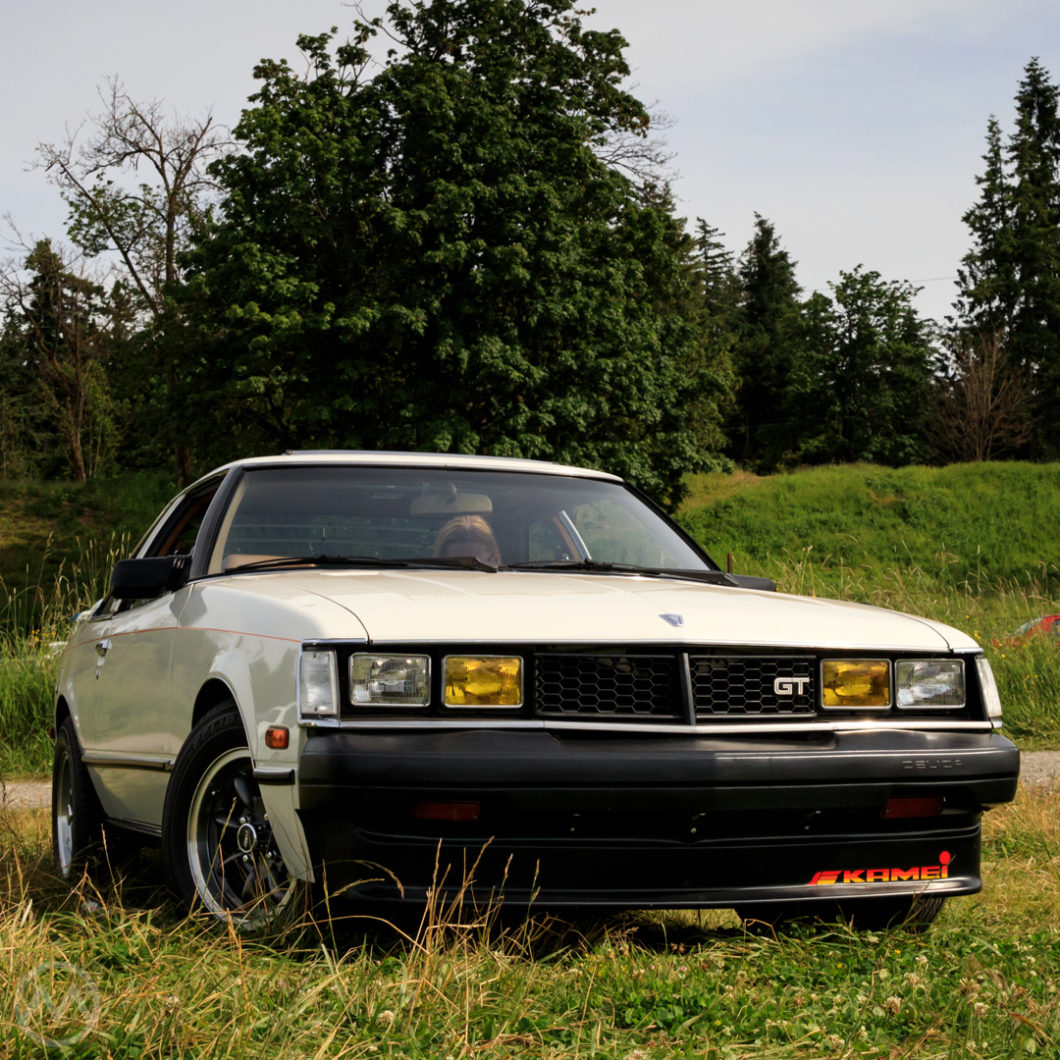The original A20 Toyota Celica was a break-out car for Toyota; introducing hundreds of thousands of new customers to a brand they might not otherwise have given a second thought.
The Celica, a scaled down version of the Mustang idea in the same vein as “European pony cars” like the Ford Capri and Fiat 124 coupe, was a genuinely good looking, good driving alternative and rock reliable.
Celica sales grew even larger when the car, late in its cycle, was slightly enlarged in 1976. U.S. sales pushed 100K that year, and 160K in ’77, so the stakes were high when it came time for the second-gen car.
The A20 had used many cues from American pony cars – and in fast back form, particularly the look of the 1969 Mustang. The A40 Celica was a study in contrast – it looked much more European – influenced by the Opel Manta B and Lancia Beta. Ironically, the more “European” A40/50 was mostly designed in California, at Toyota’s then-new Calty studio while the original had been designed entirely in Japan.
Toyota Calty Studio
Calty, an amalgam of “California” and “Toyota,” was established in 1973 with the help of legendary ArtCenter College of Design Professor and designer Strother MacMinn and led, in the mid-1970s, by Kazuo Morohoshi. At first an experimental lab, the second Celica was first production design to emerge from the studio (additional development was also done in Japan).
The A40 was sleek and aerodynamic and softer looking than the A20, but underneath retained almost all of the old car’s feel and character. The lines of the car, still a hatch and a notchback coupe but no longer a hardtop, are often credited to designer David Stollery.
Stollery was an Art Center grad and had been briefly famous as child actor on the 1950s Mickey Mouse Club and a spinoff called “Spin and Marty.” His co-star, Tim Considine, also became an Automotive Historian.
The A40 Celica Arrives
The new Celica debuted in Japan in August of 1977, and in the late fall of ’77 in North America as a ’78 model. At the end of the year, the Tokyo show marked the first appearance of two derivatives – the stretched, 6-cylinder Celica XX, which became the Supra months later; and a Calty concept – CAL-1. Based on the XX, CAL-1 was a hybrid car/pickup influenced by classic wooden speedboats and also by vinyl-topped American coupes.
CAL-1, with a jumpseat that folded up out of the wood-lined bed and a moving windshield for it, was a fanciful machine that went nowhere, but Calty was now a real influence on Toyota as a whole.
As before, during the 1977-81 run of these cars, Japan got many more variations of the Celica than other markets – many dozens, in fact, counting engine and trim combinations including more powerful twin-cam versions.
North America got only the SOHC RA42 (1978-80) with the 95-hp (90 in California) 20R 2.2L four and, for ’81 the RA43 with a 96-hp 2.4L 22R, either with a 5-speeder or an auto. As before, they were not blazing fast – but they worked beautifully and they were as reliable as death and taxes – in salt-free climes, a 20R Celica could do interstellar mileages. They were also easy to tune.
For 1980, the Celica was given a square-sealed-beam front fascia that matched the Supra that had gone on sale in the U.S. for 1979. The square-light look remained unchanged for the car’s final outing in 1981 – when this Celica, owned (but recently sold) by Oregon Celica collector Jake L., was built.
This particular car displays some unusual accessories including that KAMEI spoiler and a grill from the US GP editions of the Celica (Toyota was closely connected with the Long Beach, CA race).
This generation of Celica was quite rot-prone, so despite hardy mechanicals (a friend once had one with 946K on the dial), they’re somewhat rare now – and trapped between the more common third-gen cars with their razor-sharp 80s look and the A20, they don’t always get the attention they deserve.

